Review: BlackBerry Classic
Not to be overly harsh, but beyond messaging the BlackBerry Classic stinks at pretty much everything else.
Media
The Classic includes a bare-bones app for music playback and another for video playback. These interact with sideloaded content that you've added through a media card. They work, but aren't all that much fun to use. If you're interested in third-party apps the options are strictly limited. Slacker and iHeartRadio are available in the BlackBerry World Store, for example, but Pandora and Spotify aren't. That YouTube app you see on the app drawer? Yeah, that's just a shortcut to the mobile YouTube web site. Lame.
In general, audio sounded good through my favorite headphones. The Classic's small, square screen is simply not meant for video consumption. You get a letter-boxed experience and video doesn't fill the entire screen. If there's a cross-country flight in your future, I recommend you bring a tablet for movies.
Camera
The Classic doesn't have a dedicated camera button, but you can assign the action key to the camera if you wish. Whether you use the action key or the on-screen shortcut, the camera is slow to open.
BlackBerry has dressed up the camera app a little bit and added a few new features. The camera's default behavior is to take square (1:1 aspect ratio) pictures. That means the viewfinder fills the entire screen and there are software buttons/controls overlaid across the bottom of the screen. There are four (FOUR!) ways to take a picture: press the screen, press the shutter button on the screen, press the action key, press the spacebar. Regardless of which you pick, the Classic is slow to focus and capture the image.
The four control elements placed along the bottom of the screen are: user-facing camera, shutter button, video camera, and settings. The shutter button is nice and big so you won't miss it. There's a thumbnail at the far left side of the control strip that takes you to the photo gallery.
All of the camera's new features are found in the settings menu. The Classic offers five shooting modes: auto, action, whiteboard (literally for taking pictures of white boards — you know, work-related stuff), night, and beach/snow. The flash can be set to auto, on, or off. You can select between three aspect ratios. The sensor captures 4:3 images, so if you pick 1:1 or 16:9, you're cropping out part of the sensor. At least the viewfinder changes to accurately show what will be in the image when you switch to the different aspect ratios.
The Classic includes HDR. It's dreadfully slow. You can only use it on truly non-moving subjects. The camera includes a timer as well as control over face detection, grid lines, stabilization, and geotagging.
There's also the TimeShot feature, which is meant to help capture the best image of peoples' faces. The feature essentially shoots five quick shots and — using the on-screen tools — you can select which of the shots looks best for each of the faces detected in the viewfinder. It's useful if you have little kids who blink all the time. The Classic also includes burst mode and panorama.
Using these shooting tools is all straight-forward. It's very similar to nearly any other smartphone.
Photos
Honestly, I was expecting captured photos to be much worse. As long as you take the time to learn how the controls work, you can achieve passable results with the 8-megapixel sensor. If you're like most people, however, and leave everything set to "auto" then you're not going to be impressed. Focus was sharp about three-quarters of the time, but off wildly the other quarter. White balance was hit or miss. Exposure was most often accurate with sufficient light (i.e. outdoors.) Indoor shots require the flash, which introduces its own set of problems (blue tint and shadows.) I would say the Classic is acceptable for shots you might otherwise miss, but bring dedicated imaging equipment with you on vacation or to important family events.
Video
The Classic can shoot video at up to 1080p (full HD) resolution. Most of the video I shot looked OK, but far from great. The Classic had trouble with exposure and it tended to blow out whites and other bright areas, while also leaving out the details in dark spots. Focus and white balance were consistently better than with still shots. Again, you can use the Classic for random video needs, but if you have something important to capture please use stand-alone video gear.
Gallery
The gallery application works well when it comes to managing, editing, and sharing photos. The default view in the gallery app shows the most recent images captured with the camera displayed in a grid. You may also choose to sort via albums, thanks to controls that line the bottom of the screen.
The editing features are robust. Images can be cropped and rotated; or enhanced to correct brightness, white balance, contrast, sharpness, noise, and red-eye. You can also apply artistic treatments via filters in the vein of Instagram. The gallery includes a healthy selection of frames for photos, as well, which it didn't offer before. Once you're done editing the photos, you can share them easily to social networks, email, BBM, and upload the files to popular photo services.
Both Box and Dropbox are pre-installed. If you're interested in automatically saving your images, you can do so via either of these apps.
Apps
Apps are perhaps the Classic's biggest downer. The phone itself covers the basics as far as communications tools go. BlackBerry World is available for third-party apps, but the selection isn't even close to what's available for Android, iOS, or even Windows Phone for that matter. BlackBerry World itself is frustrating to wade through, and the search tool is not very useful.
BlackBerry attempted to get around the lack of apps by making the Classic compatible with Android apps, which run in an emulator. If you want Android apps, you can download them from the Amazon Appstore. Personally, it infuriates me that I can't even open the Amazon Appstore without first creating an Amazon account (or signing into an existing account). BlackBerry should have a handshake that lets anyone with a BlackBerry ID automatically have easy access to the Amazon Appstore without requiring the extra signin.
The selection of apps in the Amazon Appstore isn't half bad, but the apps are outdated and don't run smoothly on the Classic.
Bottom line: you're not going to have access to the best and most recent apps with the Classic. Not even close.
BlackBerry Assistant
BlackBerry Assistant is Waterloo's stab at Google Now, Siri, and Cortana. It's a voice-activated assistant.
The best way to initiate BlackBerry Assistant is by assigning it to the action key on the right side. It will pop open and wait for you to say something. You can command the Classic to send messages, make calls, create notes, set alarms, create calendar appointments, and much more. Like all virtual assistants, it takes a while to get the hang of. I found it was adept at dictating my speech into text and generally good at responding to my requests. It doesn't go the extra mile to learn who you are like Google Now and Cortana do, and it has no personality to speak of.
Browser
Apart from BlackBerry Hub, the browser is the Classic's other shining star. The newest browser from BlackBerry does a much better job of handling the web than the BlackBerry browsers of old. It renders web sites quickly and cleanly, and offers features I like, such as multiple tabs, a solid bookmarking tool, and private browsing.
I was generally pleased with the browser's speed on LTE, but it was much better via WiFi. The small screen, however, is a total downer. The display loses so much real estate to the app's controls that you can only view a small portion of web sites at a time. Get ready to scroll. Naturally, the experience is much better when mobile-optimized sites are available. It can load full desktop sites without problem, but they're often impossible to read on the small screen.
Bluetooth
The Classic connected with other Bluetooth devices easily. Phone calls sounded excellent through my favorite headset. I was also able to pair the Classic with stereo headphones and speakers, too. Playback worked fine, but the music didn't sound all that great. The Classic can also be paired with other phones/tablets/PCs to share files.
Clock
The Classic's lock screen displays a large, white, digital clock in the upper half of the screen. It's easy to see from an arm's length away, even outdoors. The clock (and lock screen) can't be customized, so what you see is what you get.
GPS
The Classic comes with the BlackBerry Maps application. The app covers the essential turn-by-turn direction features, but lacks some of the extras that make Google Maps or Nokia HERE so good. For example, it can provide accurate routing between Point A and Point B, but there are no 3D flyovers, satellite imagery, or street views. The Classic was a little slow to locate me, and accuracy was only as close as 30 or 40 feet. Maps loaded slowly, too, which was often frustrating.


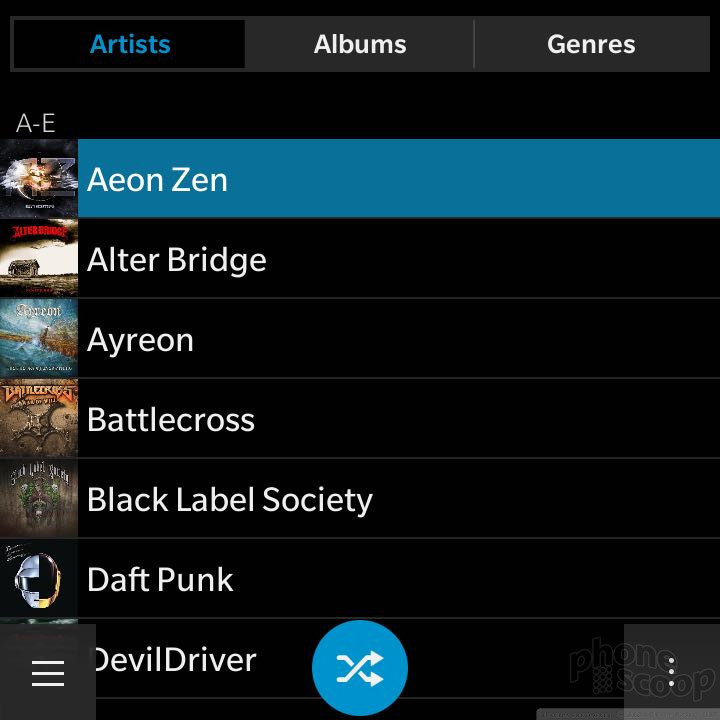








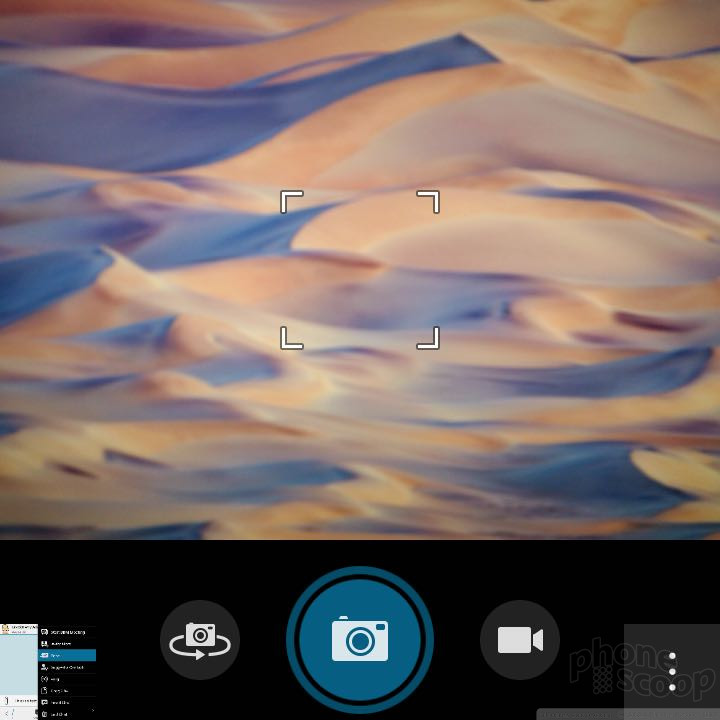

















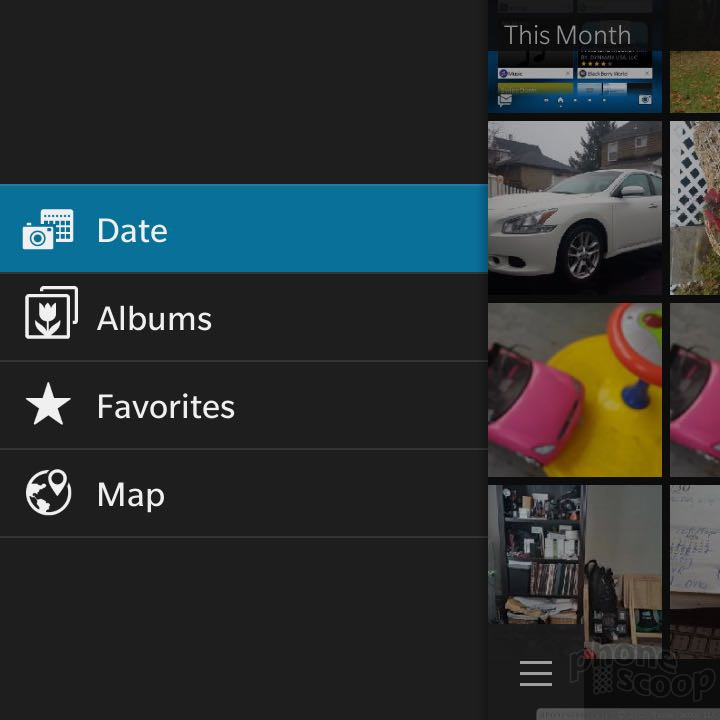






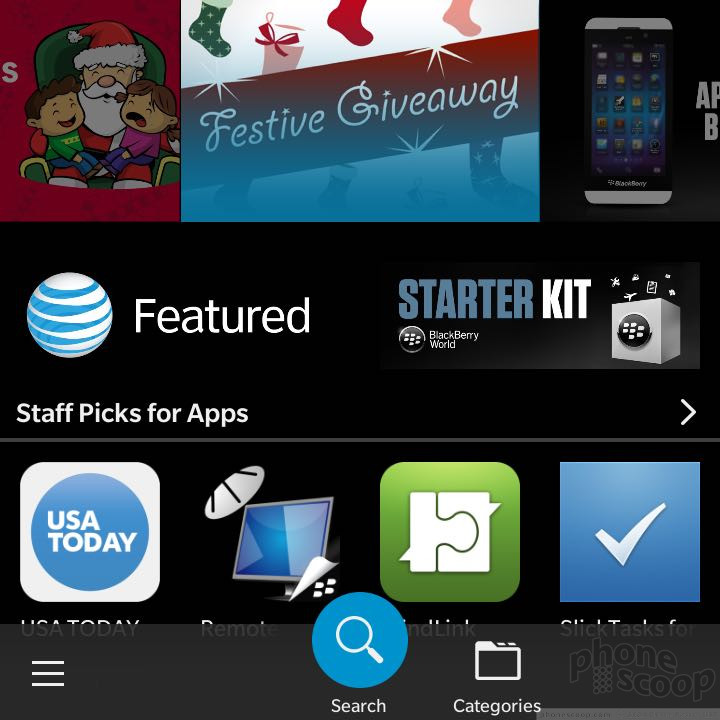





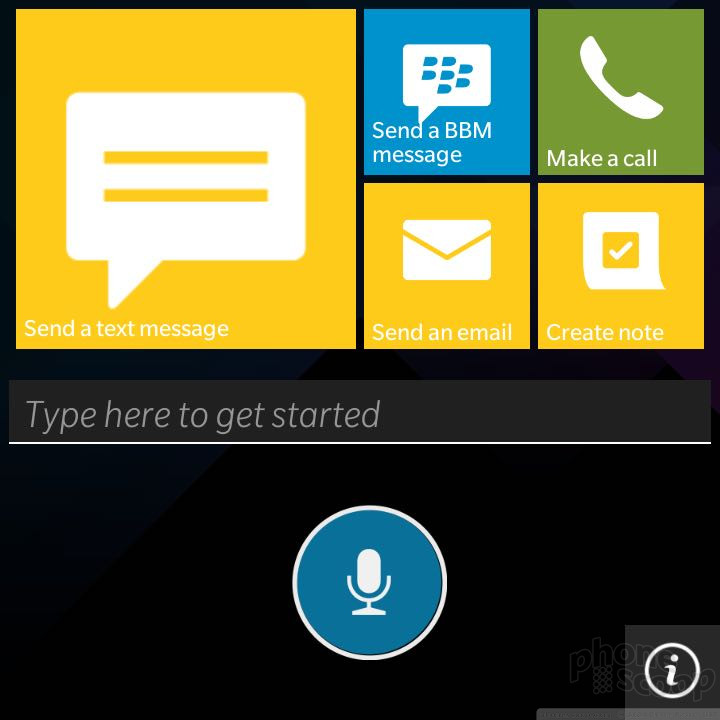






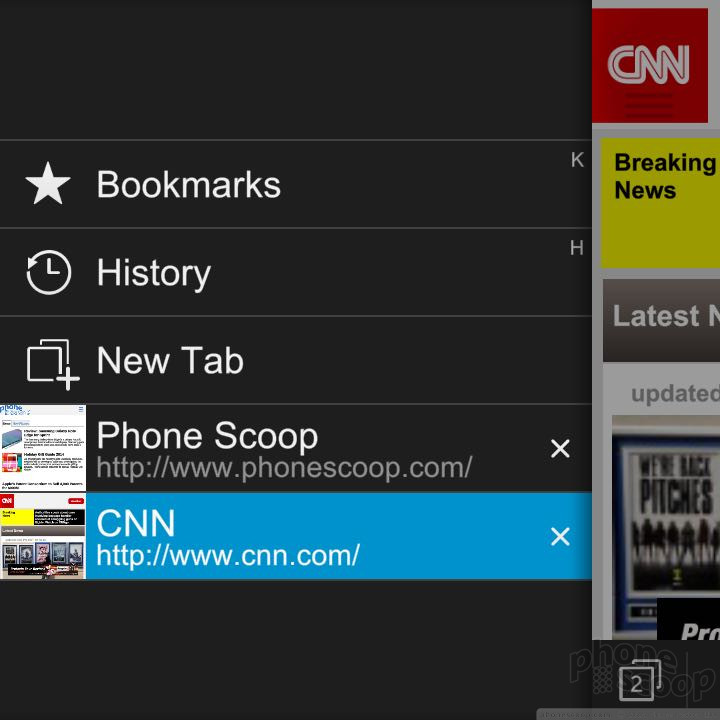




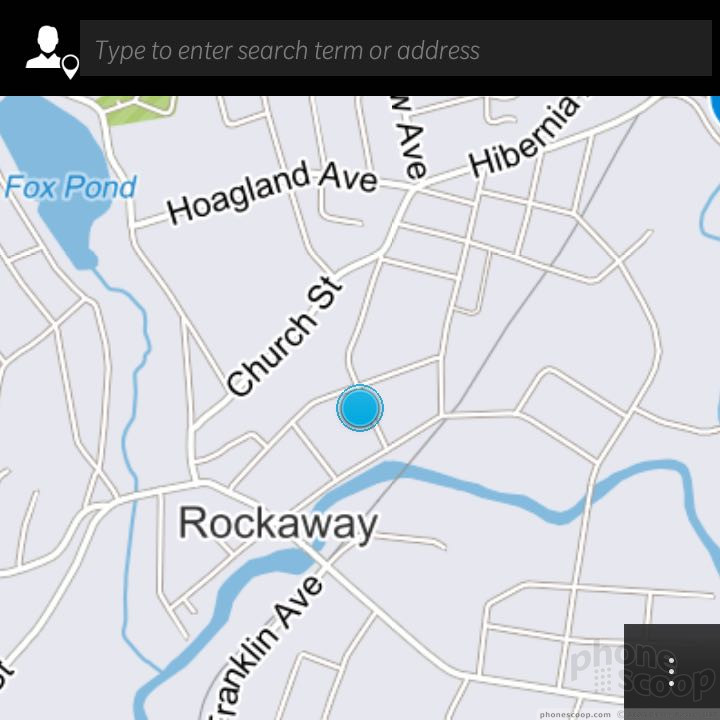







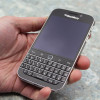 Hands-On: BlackBerry Classic
Hands-On: BlackBerry Classic
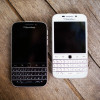 BlackBerry Puts the Classic to Pasture
BlackBerry Puts the Classic to Pasture
 T-Mobile to Sell BlackBerry Classic May 13
T-Mobile to Sell BlackBerry Classic May 13
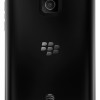 AT&T Reveals BlackBerry Classic and Passport Pricing
AT&T Reveals BlackBerry Classic and Passport Pricing
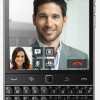 BlackBerry Shows Off the QWERTY-Equipped Classic
BlackBerry Shows Off the QWERTY-Equipped Classic
 BlackBerry Classic (GSM)
BlackBerry Classic (GSM)
 BlackBerry Classic (CDMA)
BlackBerry Classic (CDMA)




